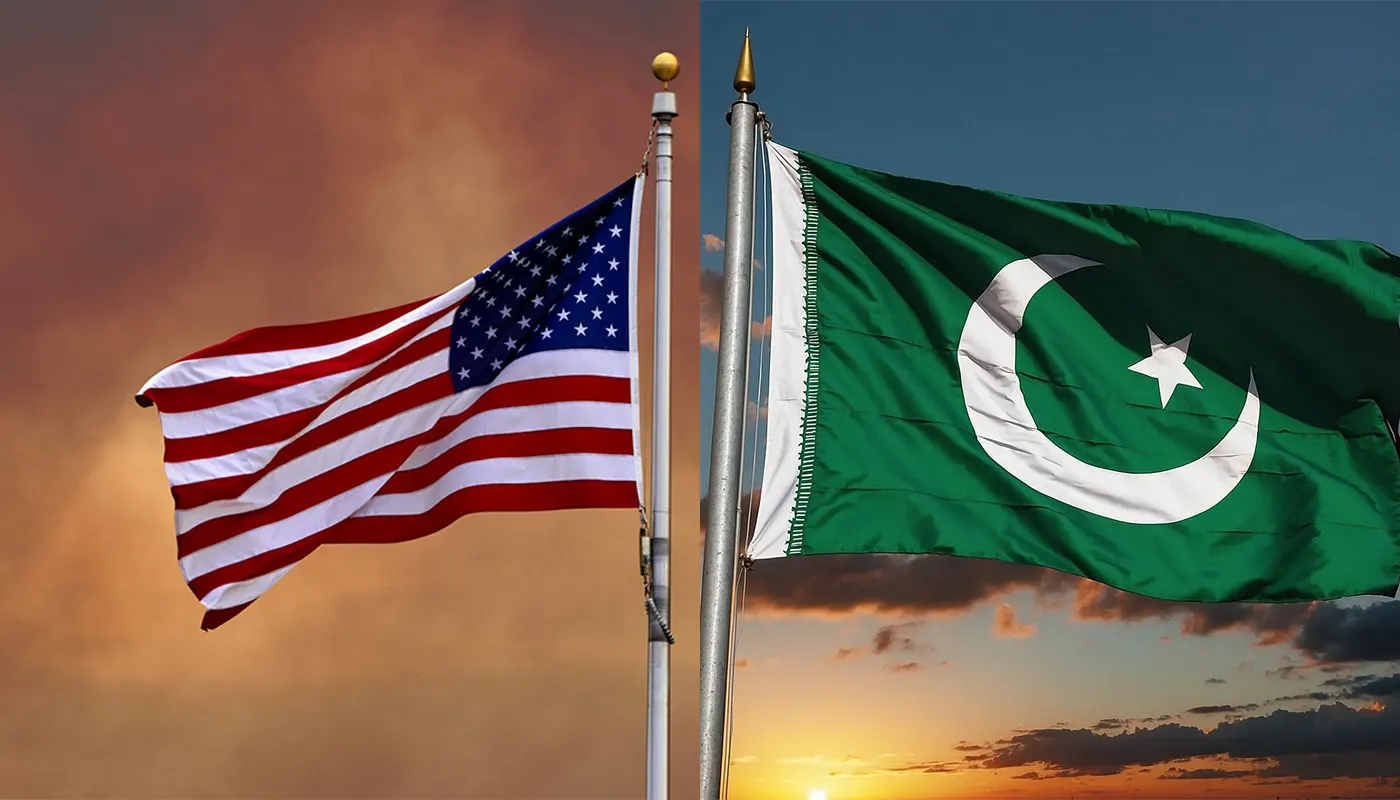ISLAMABAD / WASHINGTON – In a major diplomatic move, the United States and Pakistan have finalised a comprehensive trade agreement entering on energy cooperation and tariff reductions. The deal, announced by U.S. President Donald Trump, includes U.S. involvement in developing Pakistan’s oil reserves and the easing of reciprocal tariffs on Pakistani exports to U.S. markets.
Trump took to Truth Social to declare:
“We have just concluded a Deal with the Country of Pakistan, whereby Pakistan and the United States will work together on developing their massive Oil Reserves.” He added that U.S. officials are now selecting the leading oil company to spearhead the initiative. The president hinted that Pakistan could someday export oil to India under this collaboration.
Pakistan’s Finance Ministry described the breakthrough as signalling “a new era of economic collaboration,” encompassing not only energy but also critical minerals, IT, and mining. While no precise tariff figures have been disclosed, it stated that the agreement will bring “lower tariffs, especially on Pakistani exports to the United States”.
Pakistan’s finance minister, Muhammad Aurangzeb, termed the outcome a “win‑win” scenario, emphasizing how trade and investment must go hand in hand. The pact comes as Islamabad faced a looming 19% U.S. tariff, which had been temporarily suspended pending deal negotiations.
Exploring Pakistan’s Oil Potential
Despite optimistic language, Pakistan’s known recoverable conventional crude reserves are estimated at 234–353 million barrels, placing the country around 50th globally. Additional seismic surveys in the offshore Indus Basin have hinted at sizeable hydrocarbon potential, though commercial viability remains unconfirmed.
Experts caution that tapping these resources will require substantial investment—estimated at up to $5 billion for exploration and infrastructure—and several years to materialize.
Industry analysts in Pakistan have welcomed the deal. Muhammad Iqbal Jawaid, a Karachi‑based energy expert, described U.S. collaboration as a “major breakthrough” for the under‑developed oil and gas sector. Wasi Khan noted that foreign technology and funding could help Pakistan unlock its significant energy potential, particularly in regions like Balochistan and Khyber Pakhtunkhwa.
Regional and Political Repercussions
The U.S.–Pakistan agreement comes amid a broader Trump-era trade strategy. Within the same hours, Washington imposed 25% tariffs on Indian exports, heightening trade tension between the U.S. and New Delhi.
Analysts view the Pakistan deal as a clear signal of shifting U.S. priorities within South Asia, prompting concern in India over whether Washington is repositioning itself towards Islamabad. Some experts speculate the oil deal could later enable Pakistani exports to India—a move likely to raise political sensitivities in the region.
The deal is consistent with recent U.S. efforts to reconfigure trade alliances amid growing tensions with China. Pakistan, a long-aligned Chinese partner, has moved to reestablish ties with Washington following cooldowns during prior administrations. Trump previously facilitated a ceasefire between Pakistan and India in May, and has since pursued deeper engagement with Islamabad.
Outlook
While the agreement opens doors for U.S. investment in Pakistan’s energy sector and enhanced market access for Pakistani exports, many unknowns remain. Key questions include which firm will lead the oil ventures, the geographic scope of development, actual tariff schedules, and how Pakistan’s internal security challenges—especially in resource-rich areas—will be addressed.
With trade talks ongoing until at least August 1, and new U.S. tariffs scheduled to take effect shortly after, all eyes are on evolving dynamics in South Asia’s trade and energy landscape.
Source: Local News Agencies







